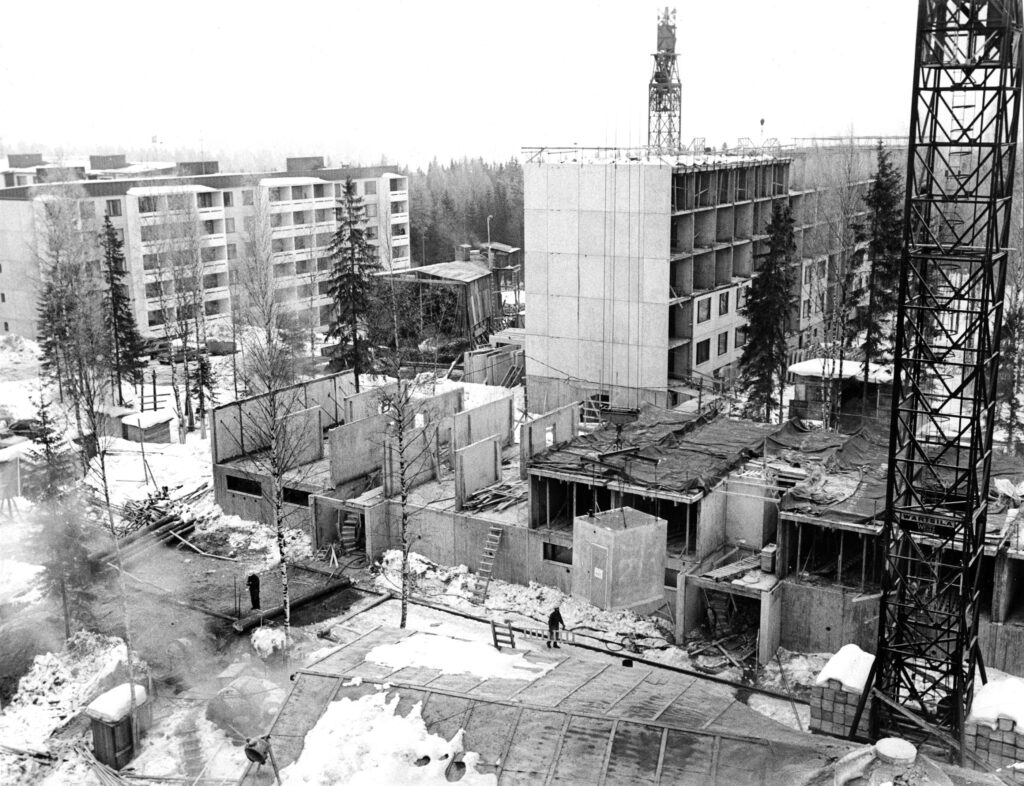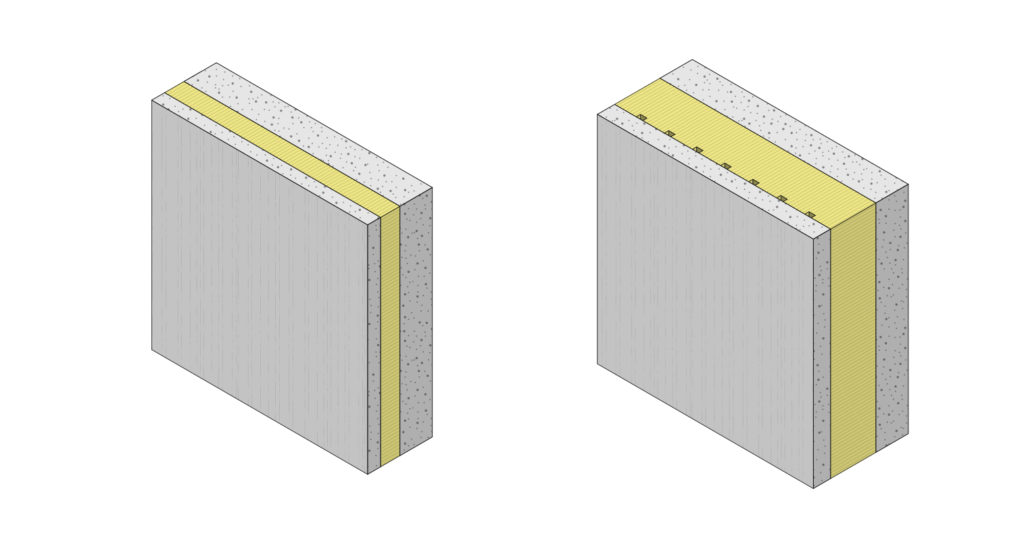Who Does AI Serve?
Only time will tell whether AI can be harnessed to deliver more strength, utility and beauty for all, or whether it will simply be used to drive up profits, writes Toni Österlund.
Although it has already brought about seismic change across numerous industries, it would be difficult to argue that AI is actually intelligent in any traditional sense of the word. This is because it doesn’t possess the capacity to think – to mull, to ponder, to reflect – and is therefore incapable of drawing its own conclusions. Everything AI does is based on statistics and probabilities. When prompted, it will avail itself of analytical models to produce a plausible sounding response containing all the asked-for elements, drawing on countless sources. Following an initial honeymoon period, users are now familiar with the kind of hallucinations and made-up facts AI is in the habit of producing, along with the random extra digits and limbs that sprout in the images it creates. To receive a high-quality answer, you must first ask a high-quality question.
There is no denying, however, that generative AI is developing at a dizzying, and ever accelerating, pace. And it means that any take on AI, no matter how expert or well-informed, is at best a snapshot of a moving target and one that will soon be out of date. When it comes to industries that utilise AI, like architectural design for example, it is important to bear in mind that the changes that are happening are not happening in isolation: as AI “learns”, the benefits of that learning will be reaped by all adjacent industries too.
We have not even scratched the surface yet in terms of what AI can be, mean and deliver and yet many industries have already been immediately and permanently impacted. First it came for stock image providers, replacing them with AI image generation. Then it moved on to journalism, where large language models are suddenly being used to produce content. And AI is already a significant help with programming too, with beginner developers coding like seasoned pros. Given that realistic looking tracking shots can already be generated with just text commands, it looks like cinema might be next. It seems that we are way past the “uncanny valley” phenomenon now: AI generated human-like entities are increasingly difficult to distinguish from the real thing, and they no longer look creepily fake to us. It seems simply a matter of time before AI begins to exhibit sufficiently human-like intelligent behaviour to unequivocally pass the Turing test.
As AI “learns”, the benefits of that learning will be reaped by all adjacent industries too.
In architecture, the earliest uses of AI have been about supporting visual innovation and driving greater creative variation. Current AI image generators can be used to produce illustrations in a wide range of architectural “styles”, but they’re only fodder for the creative process, not finished designs in their own right. You can now also use AI to turn your line drawings into photo-realistic renders, meaning that you can enhance the power of your sketches with highly accurate depictions of what projects will look like once completed. AI will also let you discover what your ideas would look like if someone like Gehry, Hadid or Gaudí got their hands on them. People will have opinions on these new tools and the impact they will have on our profession, but one thing to bear in mind is that design has always existed within the realm of what is possible and, as the boundaries of that realm expand, I’m confident that architects will find ways to wield the new technologies to their own benefit.
The fact of the matter is that, for now, AI cannot manage the grunt work aspect of design, though that moment cannot be far off. A quick look at the AI design tools currently on offer reveals a series of low hanging fruit largely geared towards high volume commercial property and housing schemes. There are tools for optimising land use and for comparing several different solutions at once. And you can now employ machine learning to generate floor plans for any given building too. These tools seem primarily geared towards design process optimisation and, therefore, maximising the bottom line. They predate the emergence of actual AI, and they are no doubt useful for streamlining purposes. However, the question of who, exactly, will benefit from these new efficiencies remains, and is one that our profession will need to tackle.
We already know that routine tasks will soon become automated, but it is still unclear what AI’s full potential looks like. As it advances by great leaps and bounds, it is hard to get a sense of what it will be used for and how. And this is where architects are not leading the development, but instead, we are carefully and fumblingly picking at what’s already on offer. Only time will tell whether AI can be harnessed to deliver more strength, utility and beauty for all, or whether it will simply be used to drive up profits. What we can be certain about is that artificial intelligence is here to stay and, one way or another, it will reshape our world. ↙
TONI ÖSTERLUND is an architect and partner at Geometria Architecture, which specializes in realizing non-standard architecture with parametric modelling and computational design.






